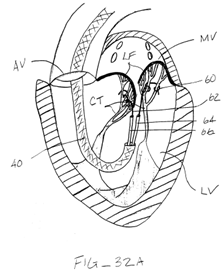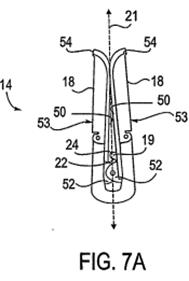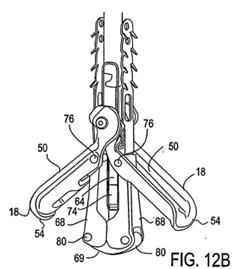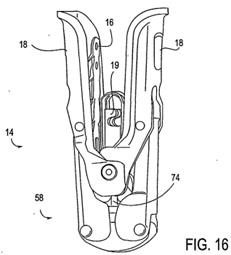B e f o r e :
MR JUSTICE BIRSS
____________________
Between:
| |
(1) EVALVE INC.
(2) ABBOTT CARDIOVASCULAR SYSTEMS INC.
(3) ABBOTT MEDICAL U.K. LIMITED
|
Claimants
|
| |
- and -
|
|
| |
EDWARDS LIFESCIENCES LIMITED
|
Defendant
|
____________________
Richard Meade QC, James Abrahams QC, Michael Conway and Jennifer Dixon (instructed by Taylor Wessing) for the Claimants
Iain Purvis QC, Piers Acland QC, and Kathryn Pickard (instructed by Powell Gilbert) for the Defendant
Hearing dates: 9th - 13th, 17th and 18th December 2019
____________________
HTML VERSION OF JUDGMENT APPROVED�
____________________
Crown Copyright ©






































